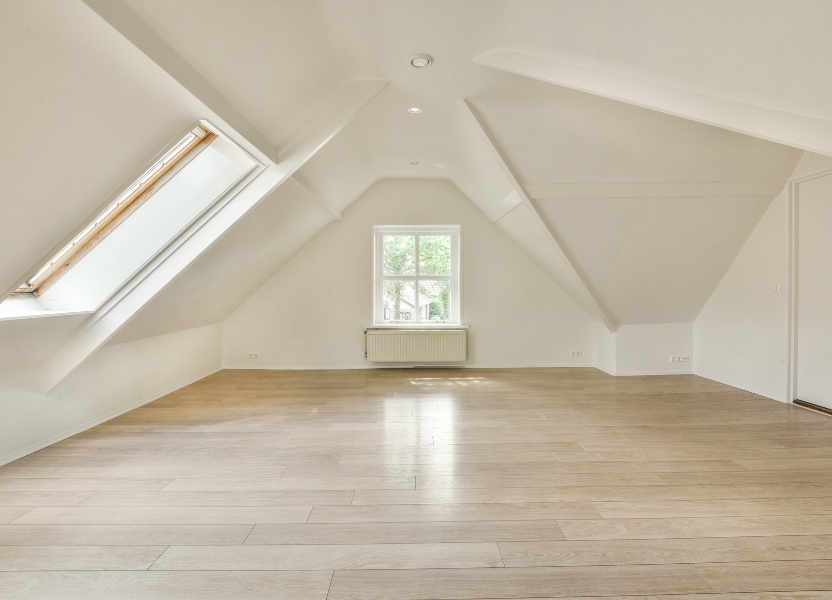When your family is growing or you simply need more space, the question isn't whether to expand your home, but how. Two of the most popular options for creating additional living space are loft conversions and extensions. Both can add significant value to your property, but which approach is right for your situation?
Loft Conversions: Making the Most of What You Have
The Advantages
Loft conversions make excellent use of existing space that's often underutilised. They typically require less disruption to your daily life since the work is happening above your main living areas. The structural shell of your home already exists, which can make the process more straightforward than building from scratch.
What to Consider
The success of a loft conversion depends largely on your existing roof structure and ceiling height. Properties with low-pitched roofs or limited headroom may not be suitable without significant structural work. Access is another crucial factor – you'll need space for a staircase that meets building regulations.
Typical Uses
Loft spaces work brilliantly as bedrooms, home offices, playrooms, or hobby spaces. They often create characterful rooms with interesting angles and features that can't be replicated elsewhere in the house.
Extensions: Expanding Your Footprint
The Benefits
Extensions offer maximum flexibility in terms of design and use. Whether you're looking to create an open-plan kitchen-diner, add a ground-floor bedroom, or build a substantial family room, extensions can be tailored precisely to your needs. They typically provide more usable floor space than loft conversions.
Important Factors
Extensions require adequate outdoor space and may impact your garden area. They often involve more complex groundwork and can cause greater disruption during construction. The appearance and proportions of your property need careful consideration to ensure the extension enhances rather than detracts from your home's character.
Popular Options
Single-storey rear extensions are particularly popular for creating kitchen-dining spaces, whilst side returns can dramatically open up Victorian terraced houses. Two-storey extensions maximise the additional space gained but require more substantial structural work.
Planning and Permissions
Permitted Development Rights
Both loft conversions and many extensions can often be completed under permitted development rights, meaning you won't need planning permission. However, there are specific size limitations and conditions that must be met.
Building Regulations
Regardless of planning permission requirements, both options will likely need building regulations approval to ensure structural safety, insulation standards, and fire safety compliance.
Cost Considerations
Generally speaking, loft conversions tend to be less expensive than extensions of equivalent floor area, primarily because the basic structure already exists. However, costs can vary significantly depending on the complexity of the project, access requirements, and the quality of finishes chosen.
Extensions typically involve more groundwork, materials, and labour, but they often provide better value per square metre of usable space. The most cost-effective approach depends on your specific property and requirements.
Which Option Adds More Value?
Both loft conversions and extensions can add substantial value to your property when executed well. The key is ensuring the addition suits your home's style and your local area's character. A well-designed extension that creates a stunning kitchen-family space might add more value than a basic loft bedroom, whilst a luxurious loft suite could outperform a modest single-storey extension.
Making Your Decision
Consider these key questions:
- How much outdoor space are you willing to sacrifice?
- What type of room do you most need?
- Is your roof structure suitable for conversion?
- What's your budget and timeline?
- How much disruption can you tolerate during construction?
Professional Guidance
Both options require careful planning and professional expertise. A structural survey can determine whether your loft is suitable for conversion, whilst an architect or designer can help you visualise how an extension might work with your existing home.
The right choice depends on your individual circumstances, but both loft conversions and extensions offer excellent opportunities to create the extra space your family needs whilst potentially adding significant value to your property.






.svg)
.svg)
.svg)
.svg)